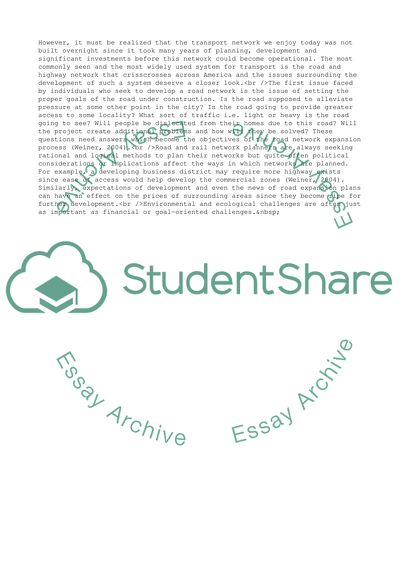Cite this document
(Transportation Planning Assignment Example | Topics and Well Written Essays - 3000 words, n.d.)
Transportation Planning Assignment Example | Topics and Well Written Essays - 3000 words. https://studentshare.org/business/1705281-transportation-planning
Transportation Planning Assignment Example | Topics and Well Written Essays - 3000 words. https://studentshare.org/business/1705281-transportation-planning
(Transportation Planning Assignment Example | Topics and Well Written Essays - 3000 Words)
Transportation Planning Assignment Example | Topics and Well Written Essays - 3000 Words. https://studentshare.org/business/1705281-transportation-planning.
Transportation Planning Assignment Example | Topics and Well Written Essays - 3000 Words. https://studentshare.org/business/1705281-transportation-planning.
“Transportation Planning Assignment Example | Topics and Well Written Essays - 3000 Words”. https://studentshare.org/business/1705281-transportation-planning.


